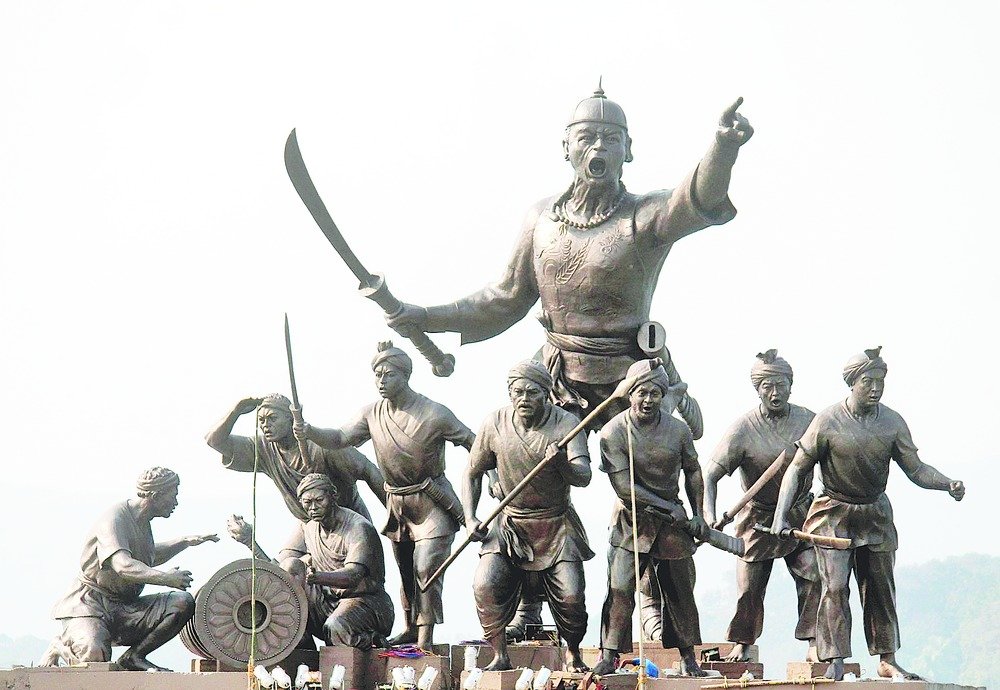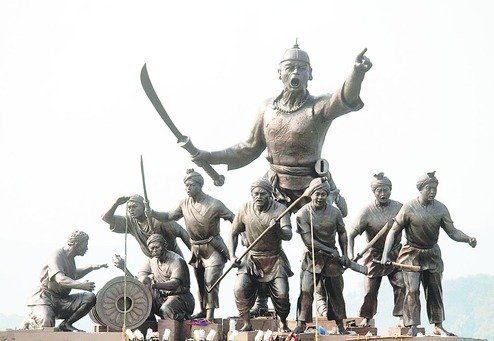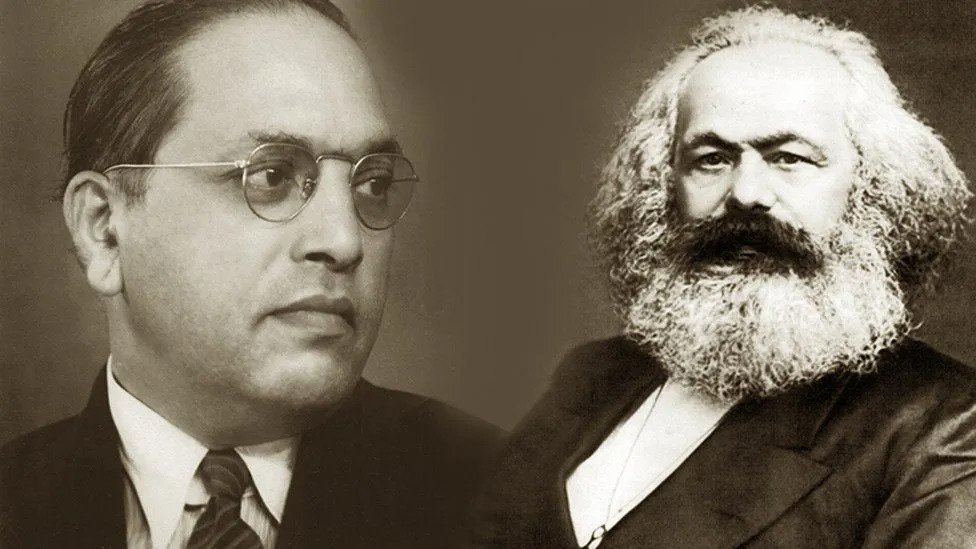By Bishaldeep Kakati
The tales of history have more or less always fascinated the bevy at large. And sometimes, the same bevy actually desires to practically visualize the happenings of history on the big screen. In fact, that is the reason even Bollywood has never taken a back step when the talk circulates about making films on historical tales. Moreover, the eagerness that people show to go to cinema halls and watch a movie on historical tales has also inspired many directors and producers to come up with one or the other movie on historical events.
In fact, the good news is that of late, the intensity to produce more period films has also considerably increased. Given the huge revenue generated by period films, especially in the last 4-5 years, it is evident that each one has been a hit in the box office. Films like Bajirao Mastani, Padmavat, Manikarnika, Tanhaji etc. have already allured the people to a great extent. So the thing that is evident from here is that if films on historical narratives are made, they not only provide information and entertainment but also enable the makers to stay in profit.
However, the deliberation above is not only to depict the impact of historical films upon the various sections of the society, but also to focus on the need of producing more period films. If we carefully scrutinize the films that have been recently produced by Bollywood on historical tales, we definitely have to bestow words of praise upon Bollywood, for the very reason that it has indeed been successful in showcasing some of the lost tales of many brave warriors of the country. But amidst all these, we still need to consider whether Bollywood has forgotten or ignored a historical account that should have been already displayed on the big screen? And in order to answer this question we need to bring into the circuit of discussion, the history of Assam.
The fact that is known to one and all is that whenever we confabulate about the history of Assam, a significant part of it is encompassed by the Ahoms, who ruled Assam for 600 years. And it is believed that the Ahom regime was one of the most successful administrations, not only in the history of India, but also that of the world. In fact, out of the many glorious tales of the Ahom kingdom, the tales of the then Commander-in-Chief of the Ahom army, Lachit Borphukon, continue to inspire generations in Assam, especially regarding the qualities of patriotism, valour and wit that he possessed. History has it that the Mughals who once ruled almost the entire India, failed to impose their hegemony upon the Ahom kingdom, especially after this person known as Lachit Borphukon came into the bigger picture. And the entire history regarding the conflict between Ahoms and Mughals is something, which if not read properly, things won’t become crystal clear.
However the point here is not to simply elaborate the glorious tales of Lachit Borphukon, but to focus on the issue that somewhere down the line, Bollywood has missed this invigorating and inspiring tale of history, which if recreated in the form of a film, would definitely attract a lot of crowd to it.
The fact that is evident is that in the modern era, whenever we consider a film that is based on the tales of kings, commanders, emperors etc, then a few things should of course be present in it, in order to make it commercially viable. Details like alluring dialogues, graphic representation, dramatisation, historical forts or monuments having relation to the story, some narratives of courage and valour etc. are form the main ingredients of a successful period movie. And now if we consider making the film on Lachit Borpukhon, it would definitely consist of each and every element that is required in order to make the film a blockbuster, without even much of manipulation. Extracted from pages of history, Lachit Borphukon’s famous “Deshotkoi Mumait dangor nohoi” (Uncle is not more important than the country) is the most patriotic one-liner that every school going child in Assam can quote with equal patriotism and raise goosebumbs. In the historic event, in another instance, when the Mughals sent a bag of mustard seeds to the Ahoms to depict the strength of their army, Lachit in his own way gave a befitting reply, “The mustard seeds might be difficult to be counted, but when we grind the mustard seeds, it simply becomes a small quantity.” These hard-hitting dialogues are simply enough to leave the audience in complete awe.
When it comes to historical forts or monuments related to the story, Sibsagar in Assam, still proudly carries in its diameter forts like Rang Ghor, Kareng Ghor, Talatal Ghor etc that hold the memories of Lachit Borphukon and the tales of the Ahom kingdom. Not to forget the river where the Battle of Saraighat was fought between Ahoms and Mughals, i.e. the Brahmaputra river still flows through the state of Assam camouflaging the narratives of bravery of Lachit Borphukon, who once dared to fight the Mughals alone, while struck with high degrees of fever. So from the screenplay to the locations, the film on Lachit Borphukon would contain everything that the audience would love and admire. And of course, the musical score, 3D effects, graphics etc. can take the film to another level.
Furthermore, if this film is produced, it would glorify the robust rule of the Ahoms and put Lachit of Assam in honourable footing with the Rajputs and the Marathas. When many national YouTube channels have already discussed in length about the tales of valour of this great warrior, it is baffling to understand the real reason behind Bollywood’s ignorance to step in and produce the biographical film on Lachit Borphukon, which might turn out to be the real game changer in terms of financial gains. Therefore, in the near future if this film is produced, it would not only benefit the producer but would also be an apt tribute towards this great son of mother India.







